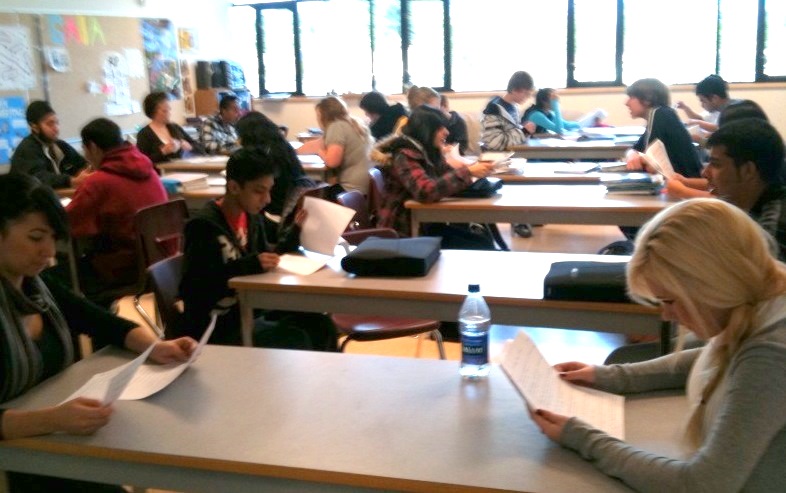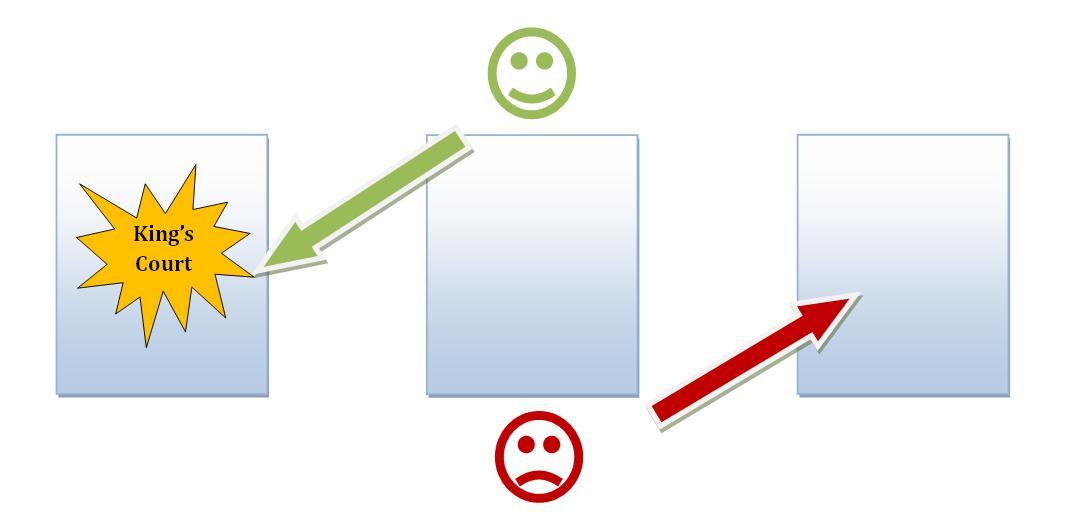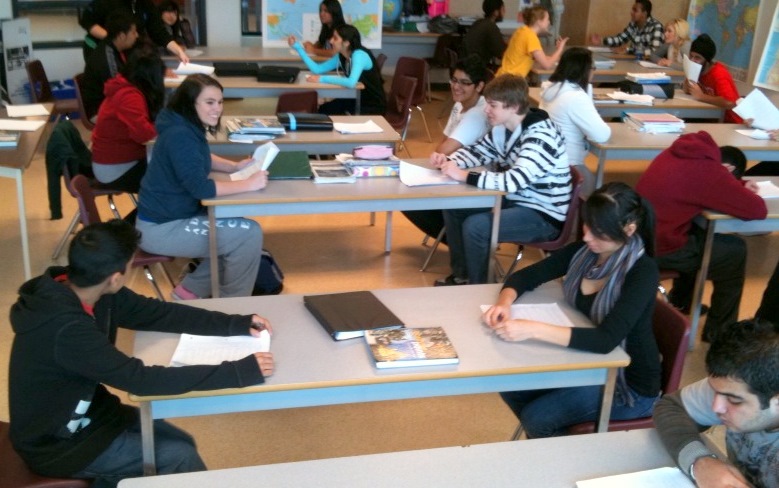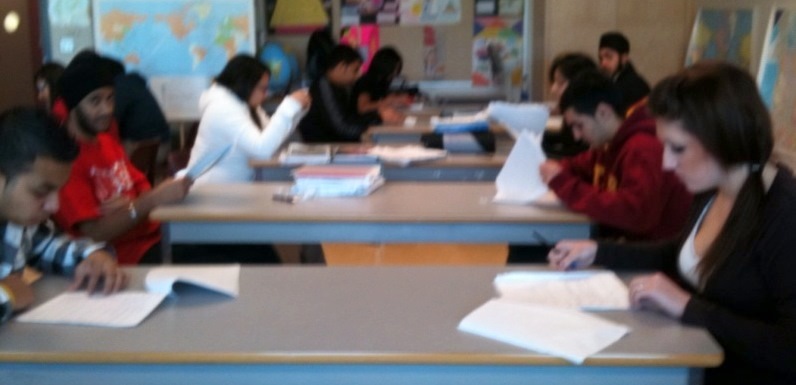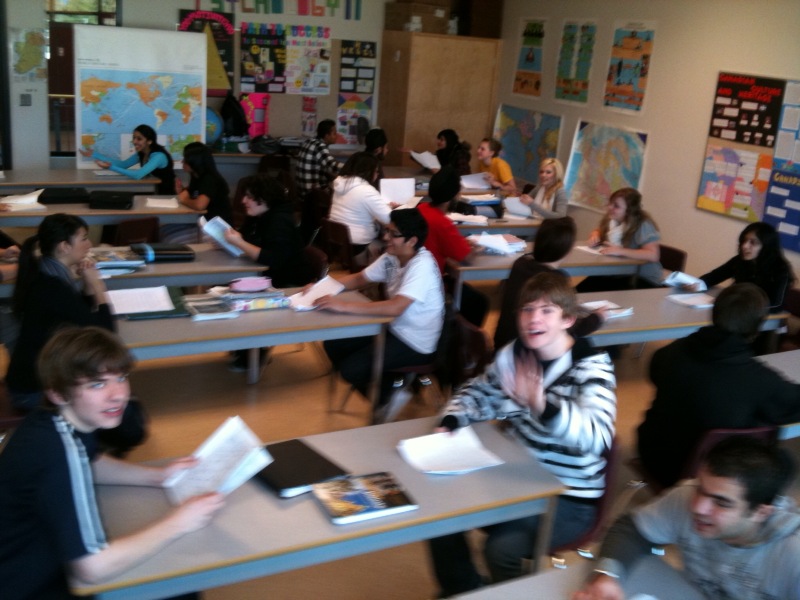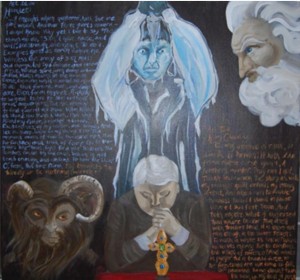I’m sharing this story with everyone so they might feel more confident about changing their agendas and schedules to focus on what’s real and important from time to time.
The other day my wife and I were out for a walk when a car that drove past us slammed on its brakes, made an abrupt U-turn, and drove right up to where we were walking on the sidewalk. I was slightly concerned until I saw who jumped out: a former student shouting, “Mr. Ross! Mr. Ross! I have to tell you … ”
Four years earlier I taught this boy, now a young man, in a 10th grade social studies class. He wasn’t what you would call a ‘strong’ social studies student, but I’ll be the first to admit that the content was not enthralling, and it most definitely wasn’t relevant to a lot of the 15 year olds in the class. Anyway, several times during that semester I saw Ryley drawing running shoes, and I thought, “OK, the boy likes running shoes.”
One day, however, during an open book exam, I walked past his desk and saw he hadn’t even started because he was busy drawing yet another picture of shoes. “Hmmm…” I thought, and asked him, “Ryley, what’s up with the running shoes?”
With a big, embarrassed smile, he replied, “I don’t know.”
“What do you mean you don’t know?” I asked.
“No one knows. Like I always draw running shoes and I don’t know why. It’s weird, right?”
And here I saw a 15 year-old boy who knew he should be working on his in-class exam, who knew he wasn’t the strongest social studies student in the class, who knew that there weren’t many other kids who drew running shoes, and he looked pretty embarrassed being caught with what he thought was a weird habit.
“Not at all,” I said, “I think it’s great! How long have you been doing this?”
“Like for as long as I can remember. I’ve always wanted to make running shoes when I grow up.”
“That’s great!” I said and I proceeded to tell him – in the middle of the open-book exam, that he was lucky to know exactly what he wanted to do at such a young age. I had run this lesson with that particular class, so this advice wasn’t coming out of left field, and I encouraged him to sketch out a life-plan that included running shoes. “Heck,” I said, “I can just see me and everyone in this room one day paying big money for your shoes. Wouldn’t that be awesome if we were all wearing your shoes one day?”
He nodded and smiled, and I gently encouraged him to get started and do his best on the in-class exam. That was it. Three minutes of my time.
Fast-forward 4 years and here he is, jumping out of his car to tell me, “I’m doing it! I’m doing it! I sent my designs off to a manufacturer in China and I’m getting my first prototype in a couple of weeks.”
It took me a second to figure out what he was talking about and then, once I did, he and I excitedly told my wife about the story of him drawing running shoes in social studies class.
“You were the one Mr. Ross. You were the one who told me to do it. I just thought you’d want to know.”
(How much time did I invest? Three minutes. It had nothing to do with me … but anyways … )
And here I saw a young man who was excited about life and his future plans, confident about himself, and grateful to a former teacher for not scolding him for drawing pictures in class when he should have been working. It was pretty cool to say the least, and I’m happy I spent the two or three classes talking to that group of students about life.

I’m glad I chose to make an otherwise boring course meaningful instead of simply ‘covering’ the curriculum.
I’ll end with Ryley’s words, who messaged me on Facebook the other day:
hey mr. Ross! hope your doing well, i just thought i’d tell you i’m leaving to florence italy on tuesday to attend Polimoda fashion university for shoe design!!

